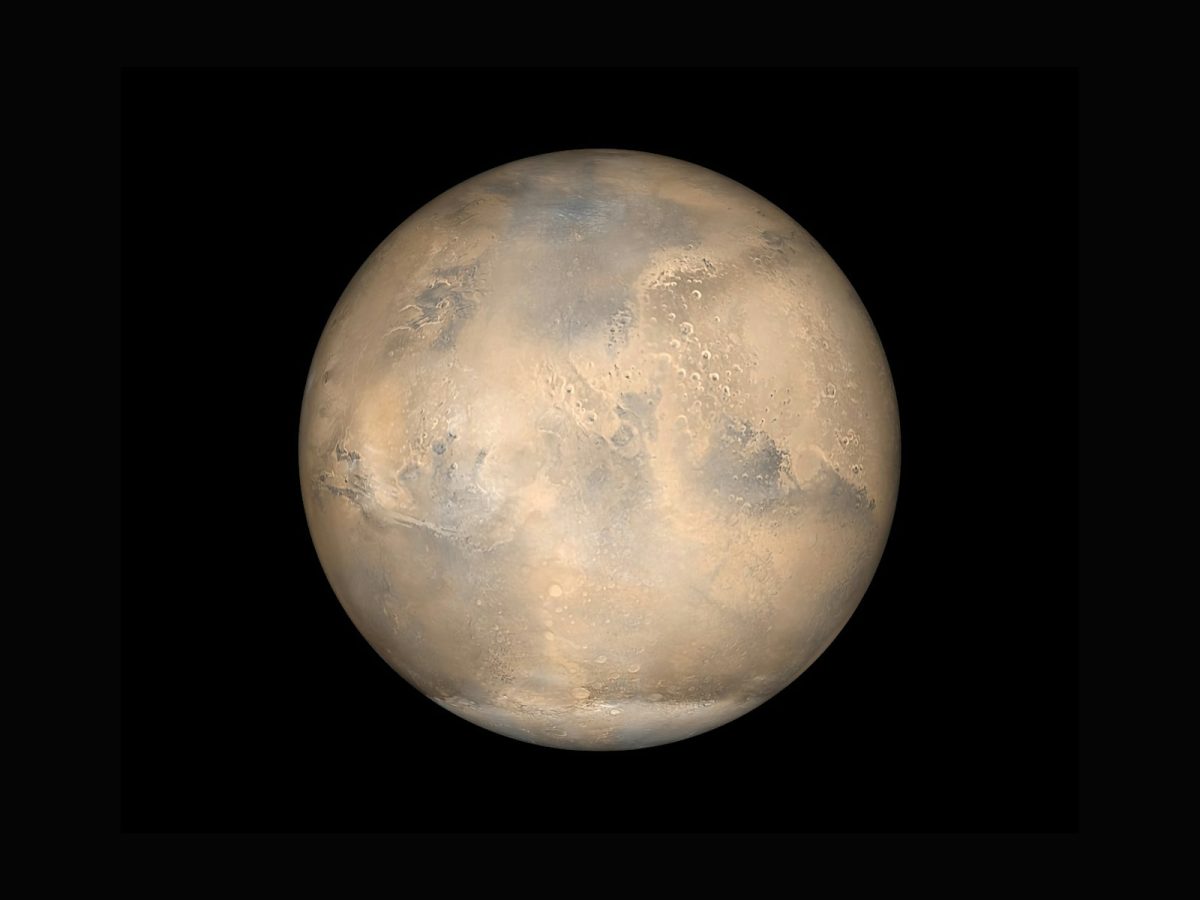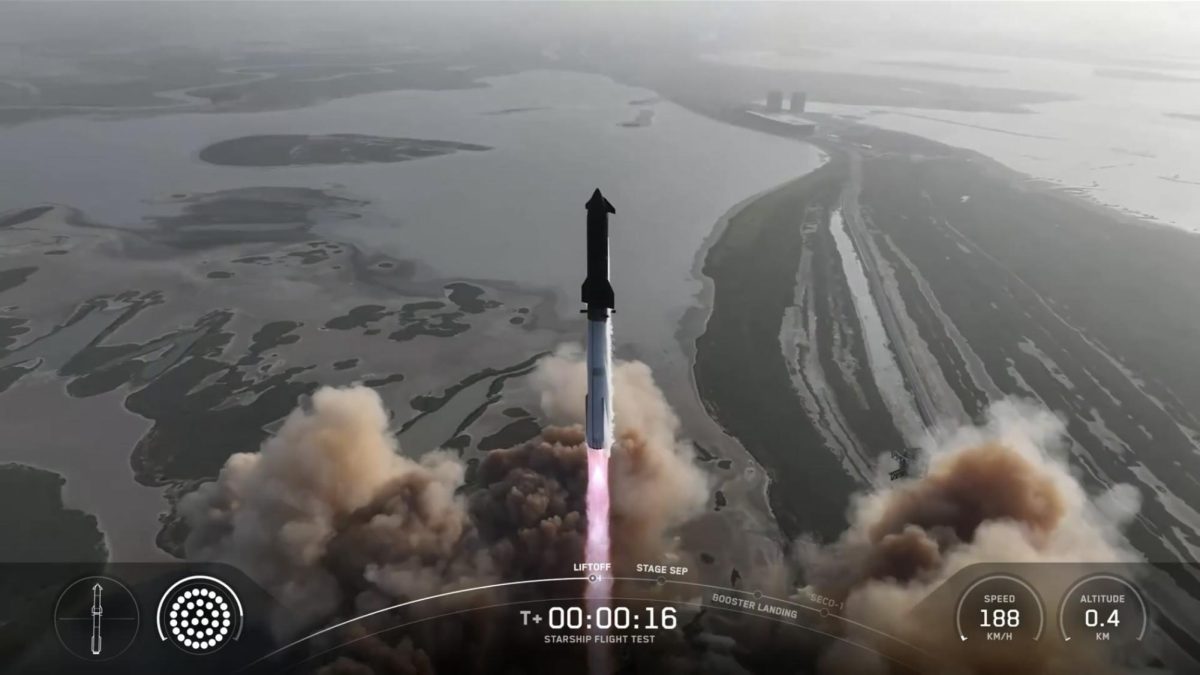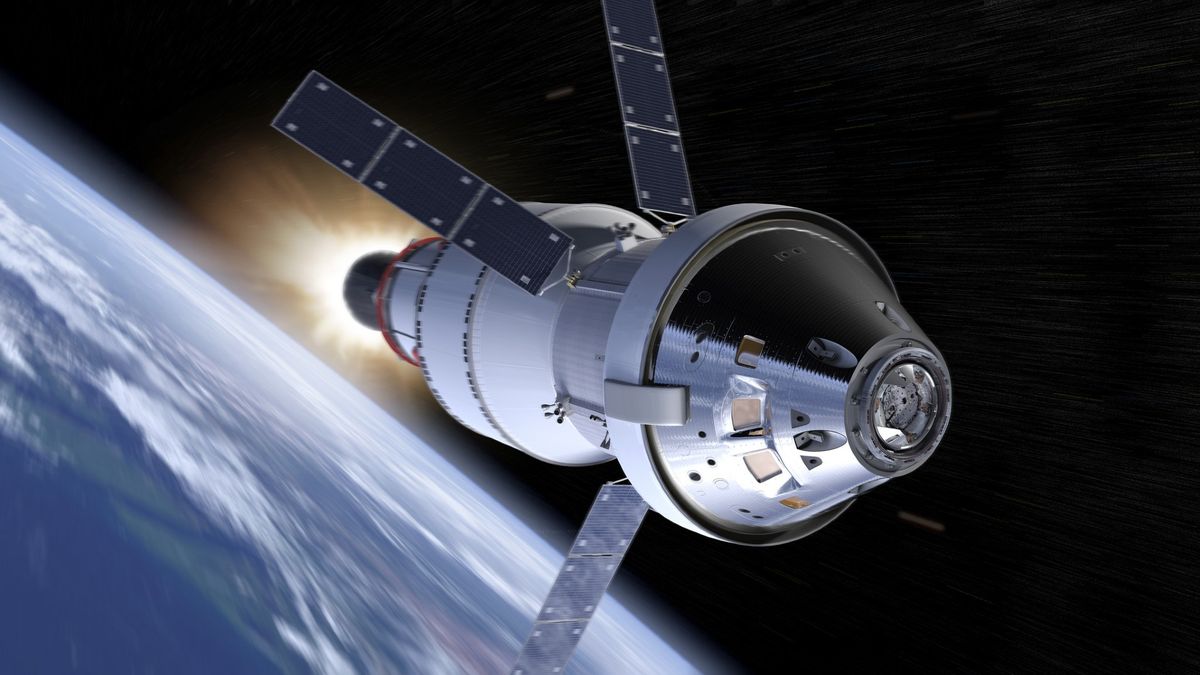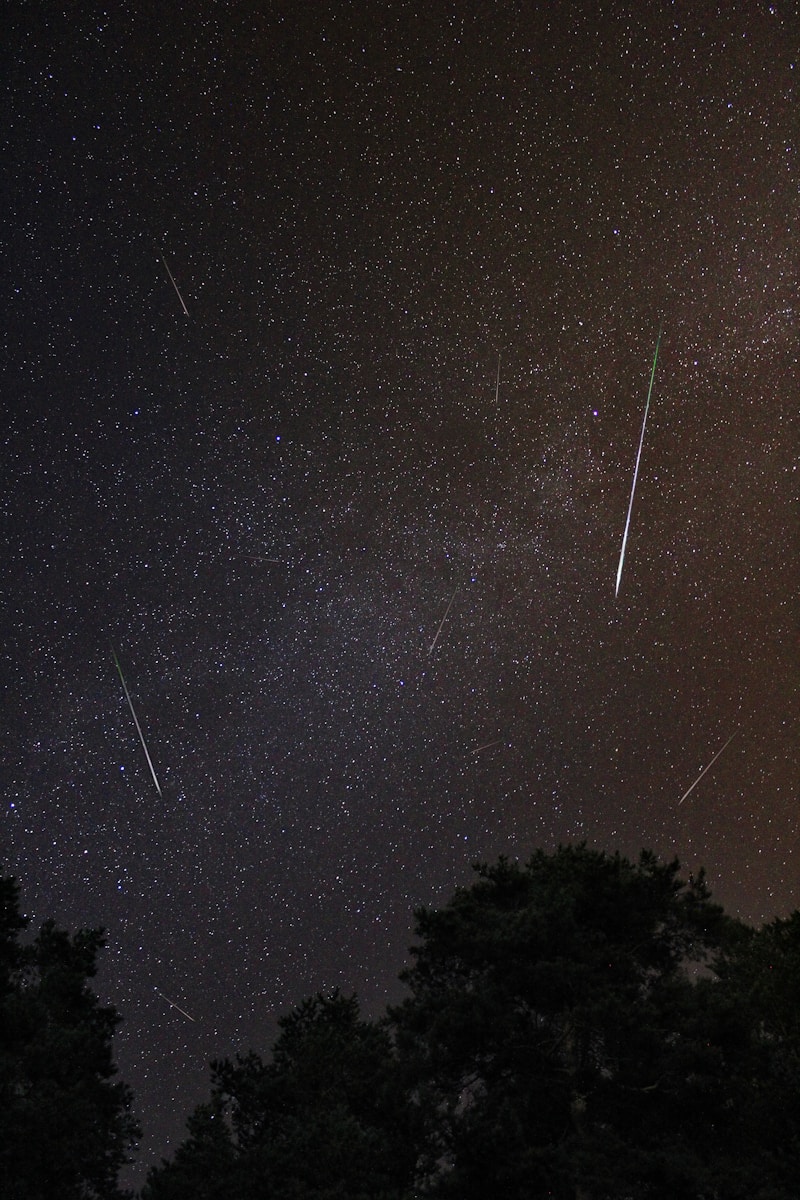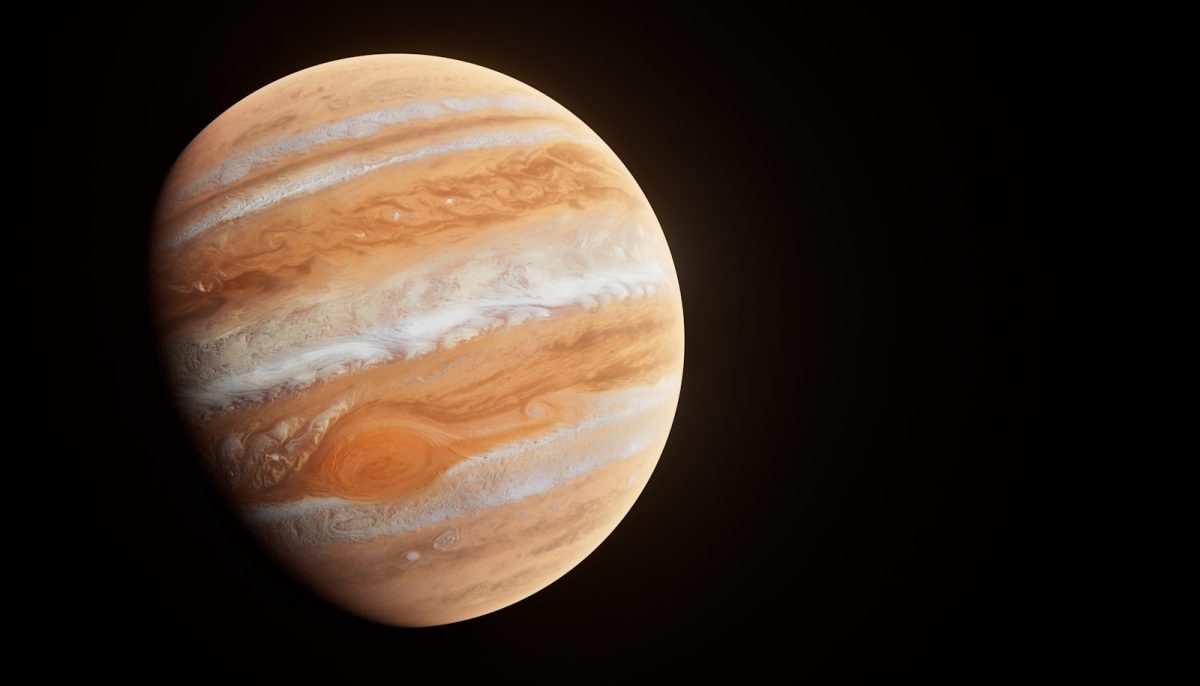Mercury, as you may know, is one of the eight planets in our solar system. It is the closest planet to the sun. Mercury is also the fastest planet; it revolves around the sun every 88 Earth days and hits 29 miles per second or 47 kilometers per second.
You may wonder, “How could we have seen Mercury in the first place?” The answer to your question are probes. These probes are engineered to go into space, take photos, and send the photos back to Earth. Mercury is the smallest planet – so small that it’s about the width of the USA, and is just a little bit bigger than the moon. Some scientists believe that Mercury is becoming smaller, although the reason for the shrinking is unknown.
Similar to the moon, Mercury has a rough surface due to the impacts of meteorites and comets. The planet was once hit by an asteroid bigger than the one that supposedly killed the dinosaurs on Earth.
Many countries race to see who can get to celestial bodies first. For example, the USA and the USSR/Soviet Union raced to step foot on the moon. Europe and Japan are now on a mission to get a new picture of Mercury.
Did you know that Mercury is the second densest planet in our solar system, being right after Earth? Mercury is one of the two planets that have no moons – the other is Venus. Mercury was also made by gravity and it pulled swirling gas and dust together to make the planet that is closest to the sun. Mercury is a planet that is not habitable because of its harsh conditions, such as the planet’s temperature and the amount of solar radiation that it has. And with that, we hope that you’ve learned a little more about planet Mercury and its interesting characteristics.
RELATED STORIES:
https://interestingengineering.com/science/vulcan-hypothetical-planet
https://interestingengineering.com/science/mercury-bepicolombo-planets-craters-lava
https://interestingengineering.com/lists/mercury-smallest-planet-solar-system
TAKE ACTION:
https://www.nasa.gov/starport/scholarship-program/starport-donations/
